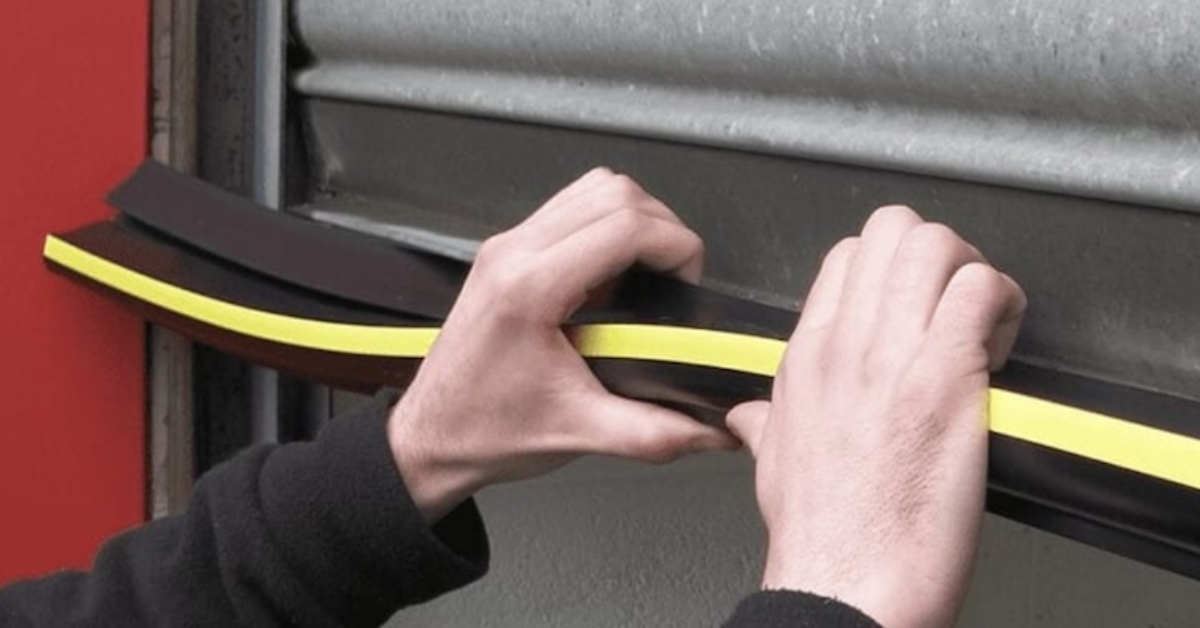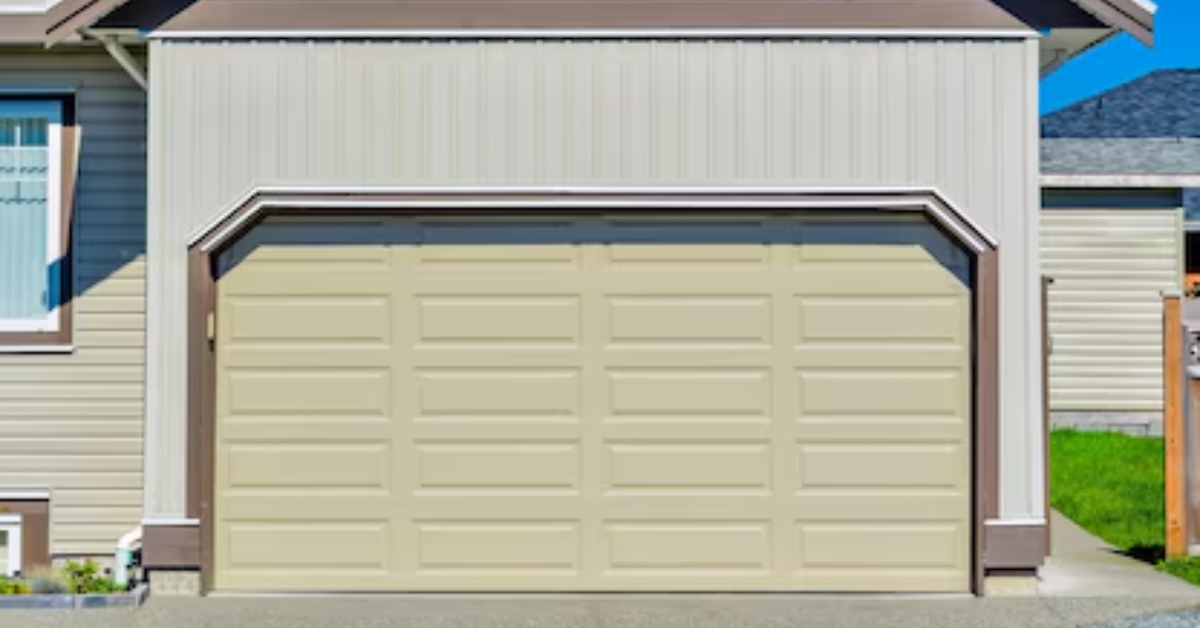How To Seal Roll Up Garage Door?
Properly sealing your roll-up garage door is essential for maintaining your garage's temperature, protecting it from pests, and keeping out dirt and debris. An effective seal not only improves energy efficiency but also enhances the overall durability of your garage door. By creating a tight barrier, you can prevent cold drafts in the winter and hot air in the summer from entering your garage, making it a more comfortable and usable space throughout the year.
Sealing your garage door also helps to keep out unwanted pests like rodents and insects, which can cause damage and create unsanitary conditions. Dirt and debris can also accumulate in an unsealed garage, leading to increased maintenance and potential damage to stored items. In this detailed guide, we will walk you through the step-by-step process of sealing a roll-up garage door, discuss the materials you will need, and provide tips for maintaining the seal over time. This comprehensive approach ensures that your garage remains a secure, clean, and energy-efficient part of your home.
Why Sealing Your Roll-Up Garage Door is Important
1. Energy Efficiency: A well-sealed garage door can significantly reduce energy loss, especially if your garage is attached to your home. By preventing drafts, you can maintain a more stable temperature inside your garage, which can help lower your heating and cooling costs.
2. Pest Control: Sealing gaps around your garage door can keep out pests such as rodents, insects, and other small animals that might otherwise find their way into your garage.
3. Protection from the Elements: A proper seal protects your garage from rain, snow, and wind, preventing water damage and the buildup of dirt and debris. This is particularly important if you store valuable items or use your garage as a workspace.
4. Enhanced Security: Sealing your garage door adds an extra layer of security by eliminating gaps that intruders could exploit to gain entry.
Materials Needed for Sealing a Roll-Up Garage Door
Before you begin the sealing process, gather the following materials:
- Garage Door Seal Kit: These kits typically include bottom seals, weatherstripping, and side seals.
- Screwdriver or Drill: For removing and securing screws.
- Utility Knife: For cutting seals to the appropriate length.
- Measuring Tape: To ensure precise measurements.
- Clean Cloth: To clean the surfaces before applying the seals.
- Adhesive: If not included in the seal kit, to attach the seals to the garage door.
- Weatherstripping: For sealing gaps along the sides and top of the door.
- Bottom Seal: To cover the gap between the door and the floor.
Step-by-Step Guide to Sealing a Roll-Up Garage Door
1. Measure the Door
Begin by measuring the width of your garage door to determine the length of the bottom seal and weatherstripping you will need. Use a measuring tape to get precise measurements from one side of the door to the other. Accurate measurements ensure that the seals fit perfectly, providing optimal protection against drafts, pests, and debris. Measure the width at both the top and bottom of the door to account for any variations, ensuring a snug fit. This careful attention to detail will help you avoid gaps and ensure the effectiveness of the seal, contributing to a well-protected and energy-efficient garage.
2. Clean the Surface
Use a clean cloth to thoroughly wipe down the areas where you will apply the seals. Focus on removing all dirt, dust, and debris from the surfaces of the garage door and the surrounding frame. Any contaminants left behind can interfere with the adhesive's ability to bond properly, leading to a less effective seal. By ensuring that these areas are clean, you improve the adhesive's bonding strength, which helps the seals stay in place longer and perform better. This step is crucial for achieving a durable and long-lasting seal that will effectively protect your garage from drafts, pests, and moisture.
3. Install the Bottom Seal
- If your garage door already has a seal, remove it by unscrewing any fasteners or cutting through the adhesive.
- Use your measuring tape and utility knife to cut the new bottom seal to the appropriate length.
- Slide the new seal into the bottom track of the door or use adhesive to secure it in place. Ensure it fits snugly without any gaps.
4. Apply Weatherstripping
- Measure the height of your garage door and cut the weatherstripping to fit the sides and top.
- Peel off the backing and press the weatherstripping firmly against the door frame. For added security, you can use screws or nails to hold it in place.
5. Install Side Seals
- Measure the vertical edges of your garage door and cut the side seals to the correct length.
- Use adhesive or screws to secure the side seals, ensuring they fit tightly against the door to prevent any gaps.
6. Test the Seal
Close your garage door and check for any visible gaps. Ensure that the bottom seal compresses slightly against the floor, and the weatherstripping fits snugly along the sides and top. Adjust as needed to achieve a perfect seal.
Maintaining Your Garage Door Seal
- Periodically inspect the seals for signs of wear and tear. Look for cracks, gaps, or areas where the adhesive may be coming loose. Regular inspections help you catch issues early before they become major problems.
- Keep the seals clean by wiping them down with a damp cloth. Removing dirt and debris prevents the seals from degrading and maintains their effectiveness.
- If you notice that the seals are no longer providing an effective barrier, it's time to replace them. Regular replacement ensures that your garage remains well-protected against the elements, pests, and energy loss.
Conclusion
Sealing a roll-up garage door is a straightforward yet essential task that enhances your garage's functionality, security, and energy efficiency. By following the steps outlined in this guide and maintaining the seals regularly, you can ensure that your garage remains a clean, comfortable, and secure space. Investing time and effort into proper sealing will pay off in the long run, providing numerous benefits for both your garage and your home.




